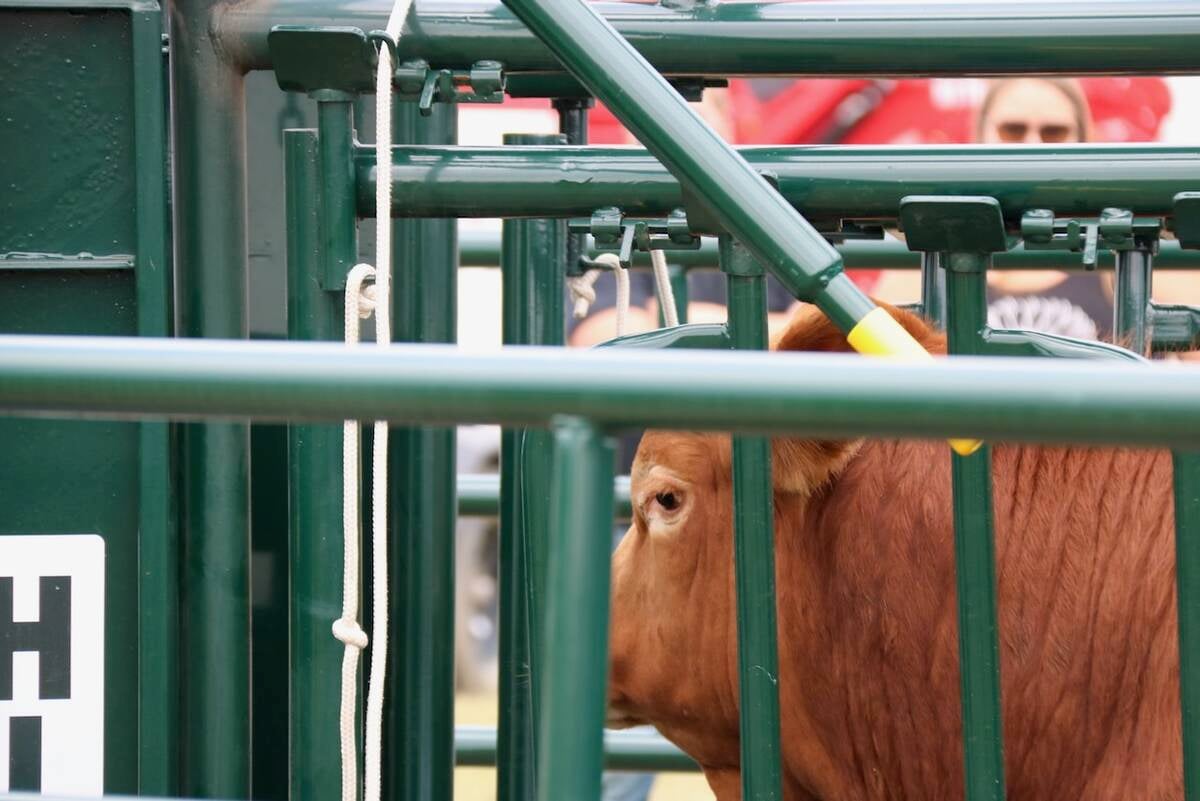RED DEER – Horse owners need to find the best possible quality hay to keep their animals healthy and happy, says a University of Kentucky equine specialist.
The diet should include at least 50 percent forage. Alfalfa hay is the number one choice under ideal conditions.
“We have been debating about the best hay for horses forever,” Bob Coleman told the Alberta Horse Breeders and Owners Conference held in Red Deer Jan. 17.
Horses need long-stemmed forage to give them something to chew on to produce bicarbonate, keep the gut healthy and keep them behaviorally happy.
Read Also

Good handling equipment a must on cattle operations
It’s important for the safety of producers and everyone else dealing with their stock that handling equipment is functional and safe.
Alfalfa hay has been recommended for more than 100 years.
A 1,100 pound mature horse that receives high quality alfalfa hay needs about 15 lb. per day compared to poor quality grass hay, which will require as much as 21 lb. per day.
Square, cubed alfalfa can be used to supplement or replace hay on a pound per pound basis. Alfalfa pellets can be used but should not exceed eight lb. per day. The feed should be divided into two meals.
Grain is given to horses for extra energy. Horses like oats, which provide a soluble nutrient digested in the small intestine. Oats also have more fibre in the hull so the horses chew it more.
There is little information on barley for horses. Corn may be used, but it needs to be processed because of its starch content.
It should be steam rolled to open up the starch so microbes and enzymes can get at it more easily. Only 25 percent of starch is released if corn is fed whole, compared to 80 percent when it is processed.
Coleman said a 1,000 lb. horse should not receive more than five lb. of grain, but a 1,200 lb. horse could receive six lb. of grain per meal, which is half a percent of body weight.
He also recommended feeding horses multiple meals to allow the grain to move through the digestive tract and be absorbed properly in 90 minutes.
Horse owners need to be careful when introducing grain because it changes the microflora in the gut. It should be introduced gradually over two to three weeks so the horse has time to adapt.
When owners move horses from a hay-based diet back to spring pasture, they should consider giving them 10 to 14 days to adapt. Pasture grasses have a higher level of soluble carbohydrates and can disrupt microbes in the hind gut.
A lot of soluble starch in the cecum encourages lactate-producing microbes to dominate, which could result in colic or laminitis.
Beet pulp is a good feed with plenty of fibre and energy in the form of volatile fatty acids rather than glucose. It needs to be soaked before feeding to make it easier to chew and add moisture to the digested material.
Owners who are worried about their horses getting too much sugar should buy pulp without molasses.
Try to gauge how hungry the horse is when feed is delivered. Horses will overeat, especially if they are confined and bored.
They may gobble down the feed and choke if they are too hungry because the feed does not mix properly with saliva and becomes stuck in the esophagus. Horses that have choked once are prone to choke again because of damage in the esophagus.
Feed hay first and then grain to take the edge off horses’ hunger. This starts the digestive process and prevents grain from moving through too quickly. Horses coming off a paddock with short grass that receive grain before forage often have major digestive upsets.















